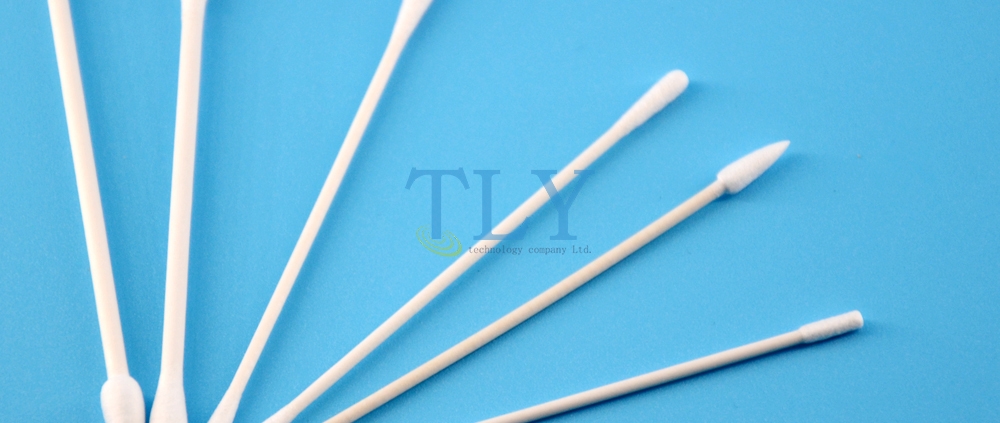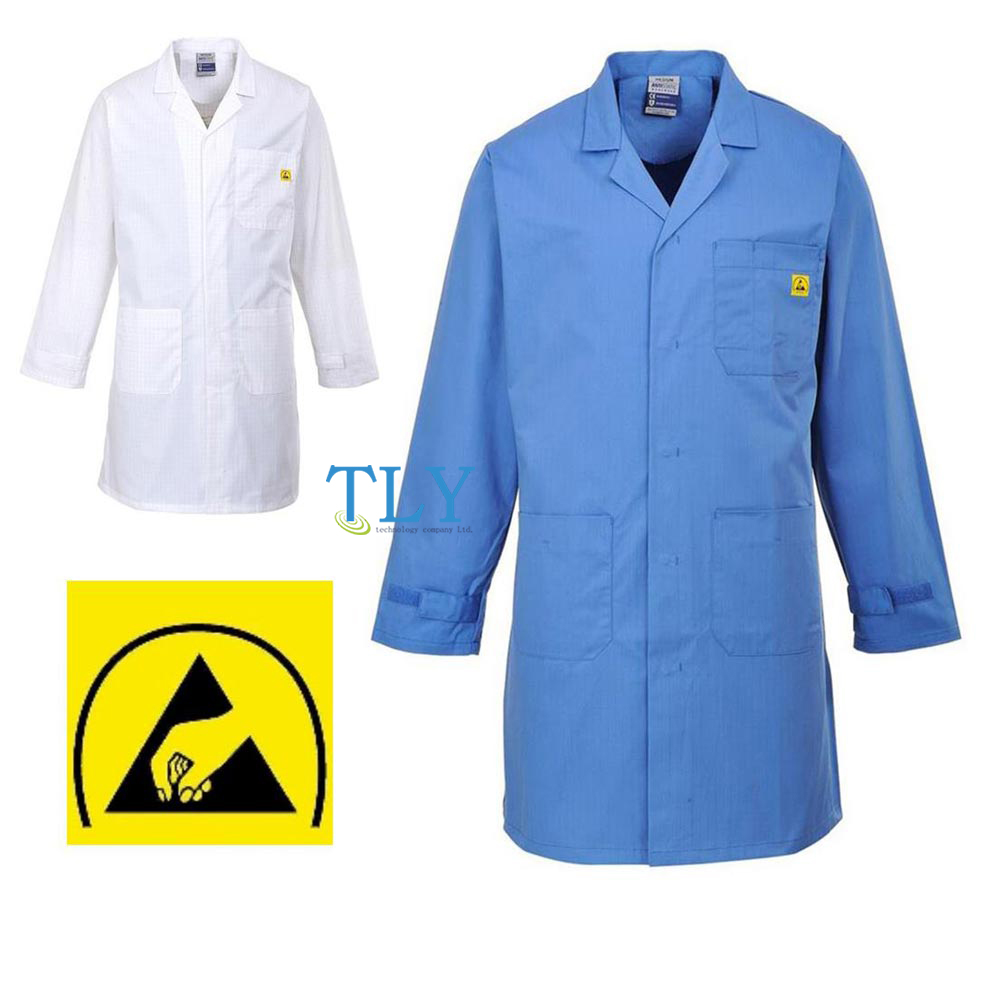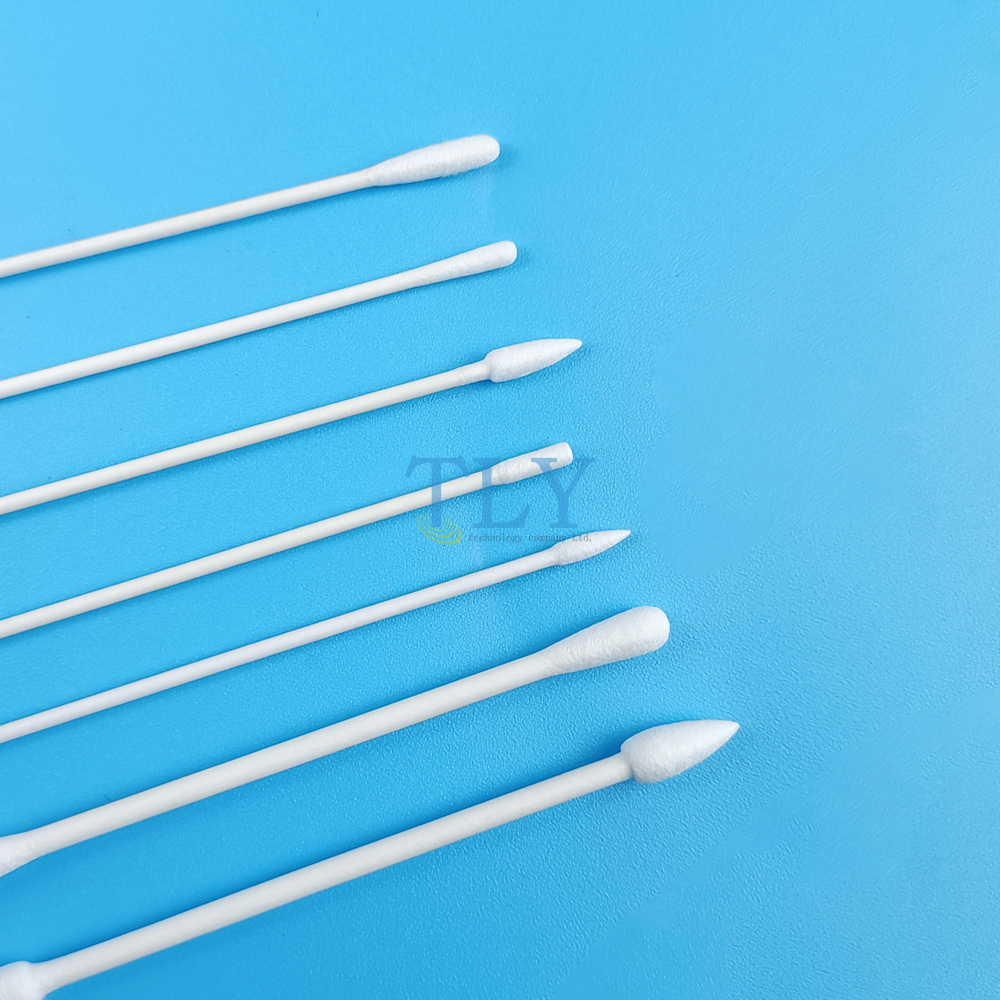Importance of Cleanrooms in Laboratories
A Clean Room, or cleanroom, is a laboratory environment that ensures that airborne particles are maintained at a very low concentration. This room is isolated, actively cleansed, and prevented from contamination from a range of particles and biological material including dust, airborne organisms, or vaporized particles. These rooms are necessary to protect human health and industrial product assembly, and their primary aim is to prevent the release of whatever particle is being handled inside it. They are highly specific environments as several parameters are controlled.
Requirements For Setting Up a Cleanroom
It is the responsibility of the manufacturers and research labs to meet minimum requirements and standards that apply in their geographical region.
Manufacturers and research laboratories must remain vigilant to changes to the international standards and be able to respond to them appropriately. There are a comprehensive set of requirements and regulations that have been described in documentation. The most common/ ubiquitous of these include:
- Cleanroom air monitoring system: as air quality is a critical determinant of cleanliness and air quality, enabling particle thresholds and therefore regulations to be adhered to.
- Continuous testing for contaminant particles: the average person in a cleanroom can add 100,000 0.3 microparticles per minute while in a standing position. Mitigating the risk generated as a result of particle production begins with testing such particles to determine strategies to prevent the build-up of excess particulates. The choice of filtration systems is dependent on the type of work, the personnel, and the quantities of particles generated in the cleanroom workspace.
- Written procedures: To prevent harm to the users of any products generated in a cleanroom, contamination prevention measures need to be documented and submitted to the appropriate regulatory agency. Regulators require documentation as proof of preventative contamination strategies applied to both the product itself and the process used to generate it.
The development of more complex products, including device miniaturization under nanotechnologies will increasingly present new challenges for cleanroom manufacturers. It is believed that automation will be used to leverage manufacturing, with the early implementation of automation in the assembly process enabling a low-cost means of ensuring cleanliness. It is also believed that artificial intelligence and machine learning can increase quality standards and reliability.






